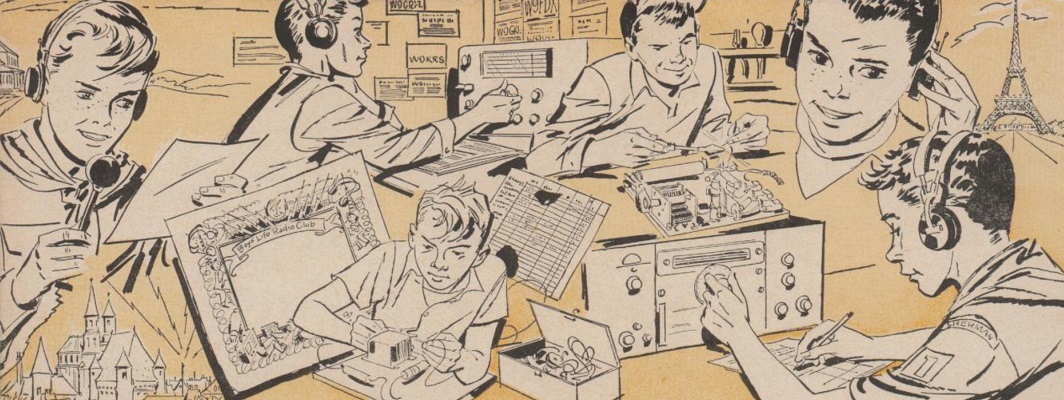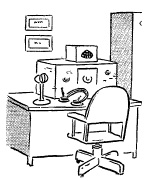
I set a few goals back in July and thought I would take a look at my progress:
What I want to accomplish in the Kansas Shack:
– HF phone and CW operation; 80m-10m
– HF digital modes (PSK-31, RTTY, PACTOR III)
– Computer logging
– 2m FM base station
– APRS weather station, interfaced with a dedicated 2m transceiver
– Online weather page, showing current weather conditions
– Separate, organized workbench
HF phone and CW operation; 80m-10m – my HF activities are centered around my IC-7000. I would like to get the TS-930S up an operational, but I am afraid that is not in the budget at this point.
HF digital modes (PSK-31, RTTY, PACTOR III) – I am using my RIGblaster Plug & Play for digital modes… other than PACTOR III. I have not yet hooked up my SCS PTC-IIusb Modem.
Computer logging – I do have Ham Radio Deluxe loaded now, but I want to find a good linux version.
2m FM base station – currently the FT-2800M for the job. I do have some plans to move my IC-208H from the truck into the shack. That will give me a 70cm capability in addition to the 2M. The truck is getting a new rig… more on that soon.
APRS weather station, interfaced with a dedicated 2m transceiver – I am using a FT-1500 for the job, connected to UI-View32 and receiving data from the Davis VantagePro2. The problem here is that I only have the one antenna up so this limits my ability to hop on the local repeaters from the shack. I need to either get a coax switch to be able to switch between the two rigs or put another antenna up.
Online weather page, showing current weather conditions – yes indeed… I think this is working pretty nice.
Separate, organized workbench – also a success… although it seems to be too crowded with stuff. The best part is the pegboard for tools – I no longer have the problem of quickly locating the tools I need.
Overall, I am happy with the progress I have made getting the shack in shape. What I want to work on now:
– New antenna for HF
– Fix up the ARSIB
– Get the SB-200 amp working
– Transition all shack computers to Ubuntu linux


 When I learned Morse Code, I learned just enough to pass the 5wpm exam. My approach back then has not set me up for success with CW now. I can function at the 5wpm level, but I really want to do better. I am trying to shed myself of some bad habits… counting dits and dahs or thinking “A Light is Lit” for “L” or “Kiss a Ewe” for “U”…. don’t get me started on “Dog Did It”.
When I learned Morse Code, I learned just enough to pass the 5wpm exam. My approach back then has not set me up for success with CW now. I can function at the 5wpm level, but I really want to do better. I am trying to shed myself of some bad habits… counting dits and dahs or thinking “A Light is Lit” for “L” or “Kiss a Ewe” for “U”…. don’t get me started on “Dog Did It”.

 I enjoyed
I enjoyed 

